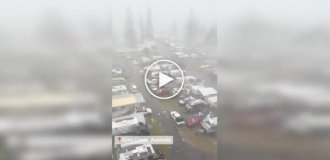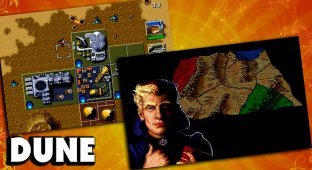An interactive image of the Moon, which allows you to see it in great detail (5 photos)
American photographer Andrew McCarthy took 280,000 individual photographs of the Moon and assembled them into a single interactive image. His can be zoomed in to see craters and other sights of the lunar surface. 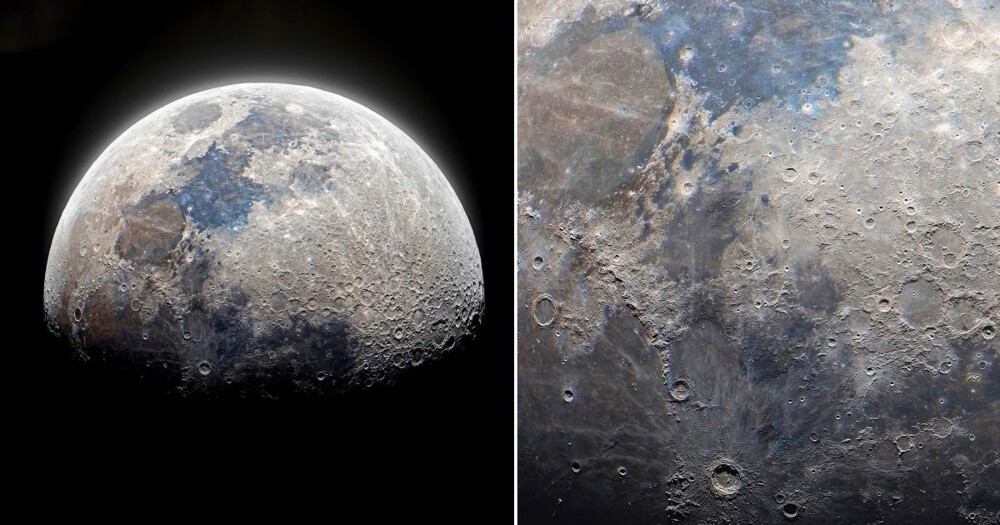
If you have always wanted to explore the mysterious moon surface, looking at it closer, you have such an opportunity. An interactive image of Gigamoon compiled from 280,000 individual photos allows you to do this. 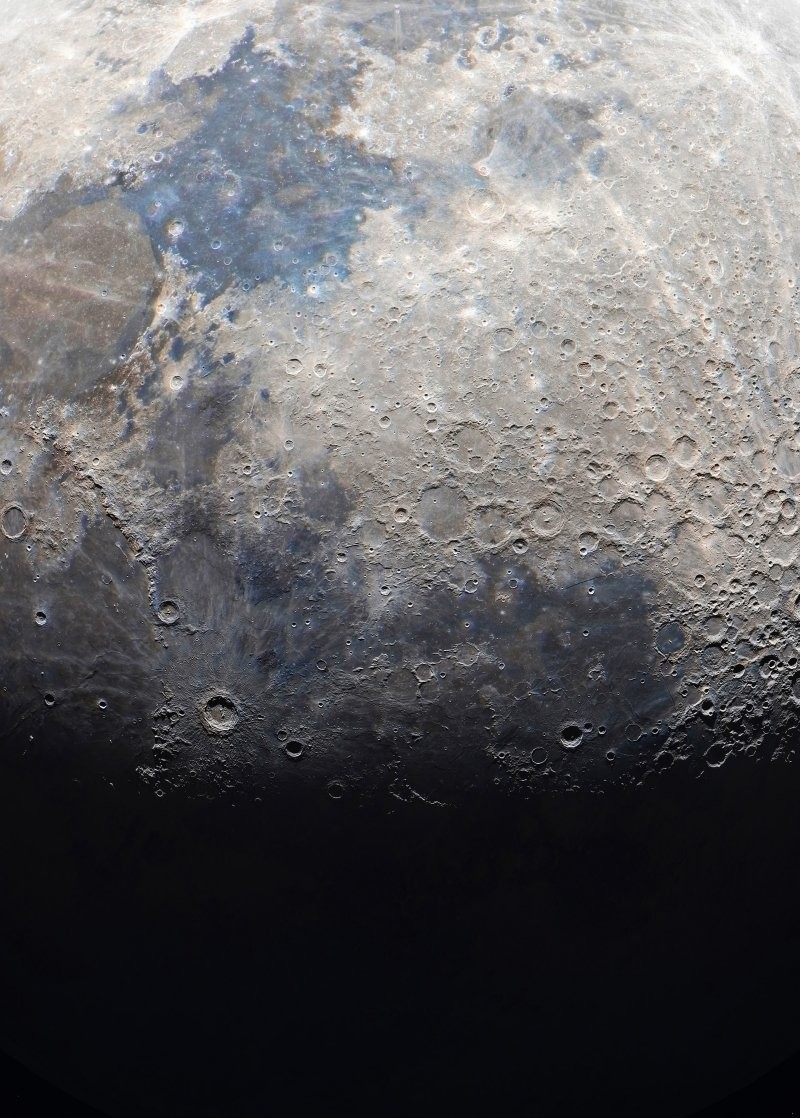
Photographer Andrew McCarthy achieved a wonderful result after dozens of attempts, and finally achieved the desired. Gigamoon clearly shows the ancient impact craters Copernicus, Tycho, Plato, Eratosthenes and Clavius. According to the photographer, the image quality is quite stable across the entire surface. 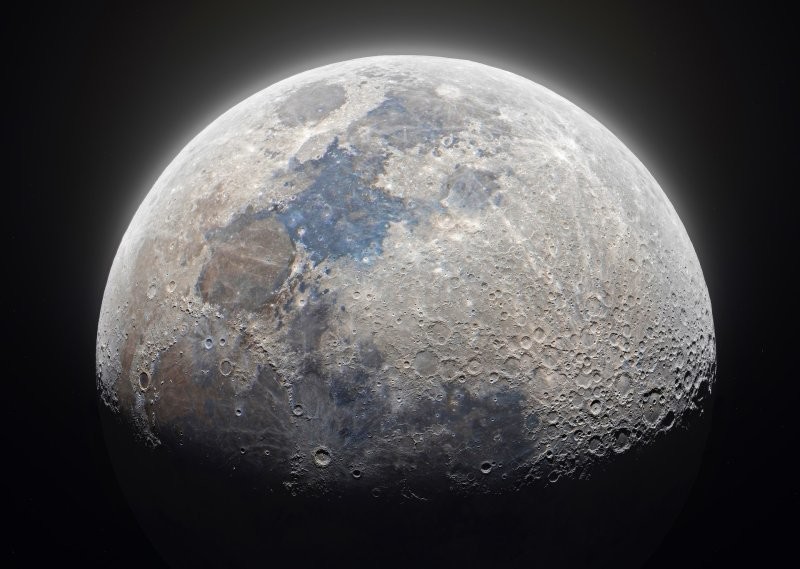
"You can zoom in on any crater in this part of the moon as wide as over half a mile,” says Andrew McCarthy. “I have been planning this for many years. I have tried this dozens of times. Unfortunately, conditions are usually shooting did not allow obtaining clear detail over the entire surface, so my hard drives are filled with giant unfinished projects."
Copernicus is one of the most prominent craters in the near side of the moon, formed about 800 million years ago. In frame also hit the craters Tycho and Clavius, located in the harsh southern highlands of the lunar surface. The photographer even managed to take a rare image of Plato, a crater that is difficult to see from Earth due to its positions in the far north. 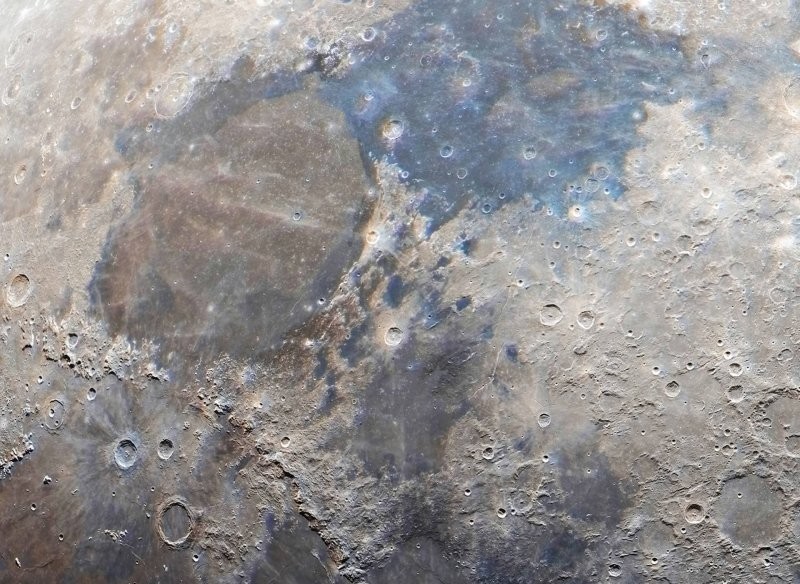
The project used two telescopes - a 12-inch Newtonian telescope and 11-inch SCT. Thanks to them, it was possible to create such gorgeous detailed shots and assemble the final image 1.3 gigapixel in size. 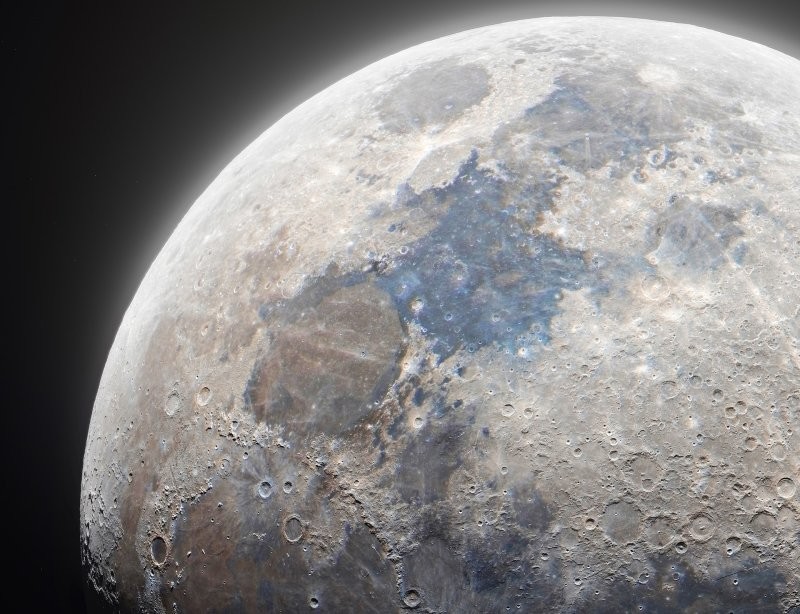
Famous craters on the visible side of the Moon:
— Copernicus. Diameter: 96.1 km, Location: Eastern part of the Ocean of Storms, age: about 800 million years. This is one of the most known craters on the visible side of the moon. It is believed that its fragments were picked up by the Apollo 12 astronauts.
— Crater Plato. Diameter: 100.68 km Location: northeastern border of the Sea of Rains, in the northwest of the Alps, age: 3.8 billion years. The crater is famous for numerous observations in it of short-term lunar phenomena in the form bright spots, glows and flashes during eclipses.
- Quiet. Diameter: 85 km, Location: South Lunar highlands, age: about 100 million years. It's not a particularly large crater, but it is very well preserved and therefore of scientific interest. NASA believes that some samples collected at the landing site Apollo 17, were obtained from Tycho.
— Clavius. Diameter: 230 km, Location: South Lunar highlands, age: about 4 billion years. This is one of the oldest and largest craters on the visible side of the moon, located in the extreme south. In film Stanley Kubrick's "Space Odyssey" Clavius was the place where fictional lunar base.








